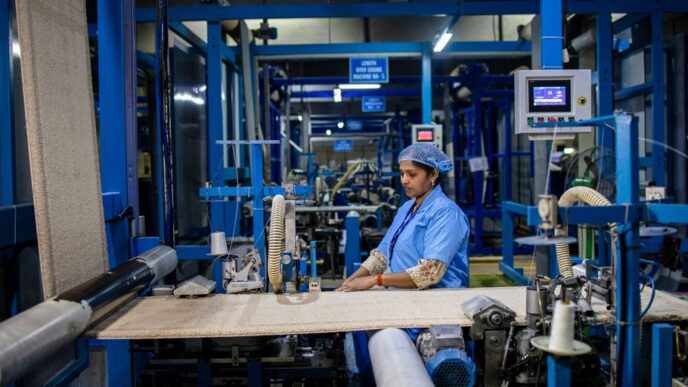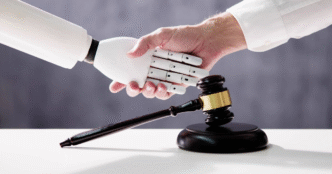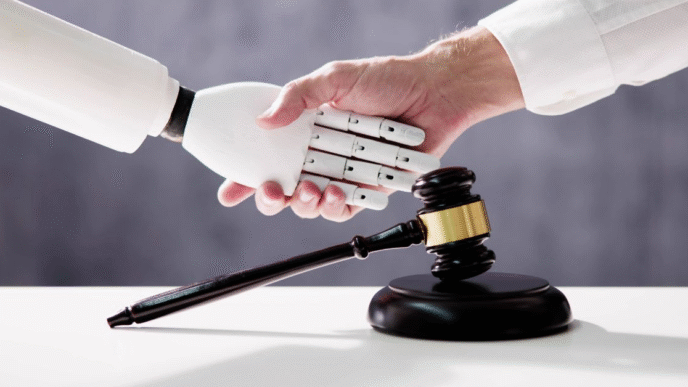Technology has revolutionized the healthcare industry, making it more efficient and accurate. However, with the rise of technology in healthcare comes an increase in medical malpractice cases. Technology is playing a significant role in these cases, whether it be through errors or misuse. It is crucial for both healthcare professionals and patients to understand how technology can contribute to medical malpractice and what steps can be taken to prevent such cases.
1. Electronic Health Records (EHR)
Electronic health records, or EHRs, have become the standard in medical record keeping. They allow for easy access and sharing of patient information among healthcare providers. However, with this convenience comes the risk of human error. Mistakes in entering data or misinterpreting information can lead to incorrect diagnosis and treatment, potentially causing harm to the patient. It is essential for healthcare professionals to double-check all information entered into EHRs and be vigilant in identifying any errors.
2. Telemedicine
Telemedicine has become increasingly popular, especially during the COVID-19 pandemic. It allows patients to receive medical care remotely through video conferencing or virtual consultations. While this technology has made healthcare more accessible, it also presents new challenges. Miscommunication or technical difficulties can result in misdiagnosis or delayed treatment. It is crucial for healthcare providers to ensure that proper protocols are in place for telemedicine appointments and to thoroughly review patient information before making any diagnoses.
3. Robotics and Artificial Intelligence (AI)
The use of robotics and AI in surgery and other medical procedures has significantly increased in recent years. While these technologies can improve precision and reduce the risk of human error, they are not infallible. Malfunctioning robots or faulty software can result in serious injuries to patients. Healthcare professionals must be well-trained in using these technologies and have a backup plan in case of any technical issues.
4. Cybersecurity
The storage and sharing of sensitive patient information through technology have made the healthcare industry vulnerable to cyber attacks. Data breaches can result in the exposure of personal information, leading to identity theft or other harmful consequences for patients. Healthcare organizations must invest in robust cybersecurity measures to protect patient data and regularly update their systems to prevent any potential breaches.
5. Legal Considerations
As technology continues to advance, so do the legal implications in medical malpractice cases. It is essential for healthcare professionals and organizations to stay updated on laws and regulations surrounding the use of technology in healthcare. This includes understanding the potential risks associated with certain technologies and implementing proper protocols and procedures to prevent any mishaps.
Technology has undoubtedly improved the quality of healthcare, but it also brings new challenges and risks. By being aware of these potential pitfalls and taking necessary precautions, both healthcare professionals and patients can work together to ensure a safe and effective use of technology in the medical field. So, it is essential for everyone involved in the healthcare industry to stay informed about the latest technological advancements, carefully assess their benefits and risks, and constantly strive to improve patient care while minimizing the potential for medical malpractice.













